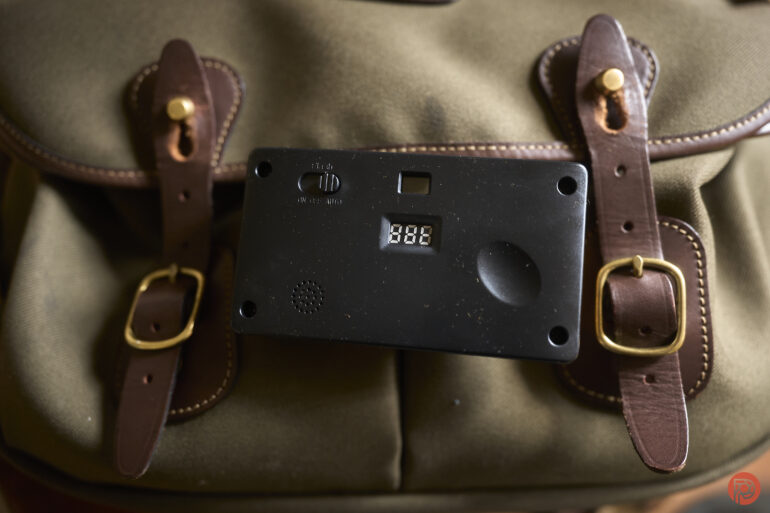Last Updated on 10/15/2025 by Chris Gampat
Since digital took over, there are many purists who want the same ‘film-like’ experience with their digital camera. For some, it is the colors, for others, it is the beauty of the hazy frames. However, there is a third group that wants to shoot just like you do with film: limiting the frames. A new site called Real Analog Film has found a way to help photographers but it seems that this has led to a debate on the internet.
The website was first mentioned in a Reddit thread, r/analogcirclejerk, where users are often very tongue-in-cheek. There, they discussed the company’s concept. According to Real Analog Film, they have been creating film presets for digital cameras, but now they also offer a new way to enhance the film experience. “The ever-increasing film prices have led us to look for an alternative,” says the company’s website. “From this thought, RealAnalogFilm was born. And to be honest, we hate scanning analog photos.”
Additionally, their solution for achieving an “analog” feel is to tape the LCD display, if your camera has one. People using models such as the Leica M-D series will not have to do this.
The use of 1GB cards will help users capture the same number of images as they would on film. Or, one can create larger files with smaller SD cards to get fewer files. Or, as the website explains, “Ok, you could take it even further. Some of us here do that… they buy a new SD card every time and leave the images on the SD card as if it were real film.”

However, Redditors were not entirely impressed with this ideology, with many saying it’s simply better to just shoot film. Someone ironically said, “I only use cameras once. I buy a different Canon R1 for every shoot, then throw them away.” There are also people who said that people who use the Leica M10 will be able to afford film.
“…Some of us here do that… they buy a new SD card every time and leave the images on the SD card as if it were real film.”
While this is more of an intentional change, it can be particularly helpful for young photographers or those who are struggling with their creative pursuits. But for someone, the digital film movement seems like a rebellion against what made digital photography easy. This further opens up the debate on whether to shoot more or less. At the end, for some, this means being able to follow an analog mindset, where you wait and get the shot that means something.
Either way, the bridge between film and digital will remain, and for that reason, companies like Camp Snap are offering lower-resolution cameras without a screen. However, they are most effective for beginners, and many professionals would prefer to go the other way.







